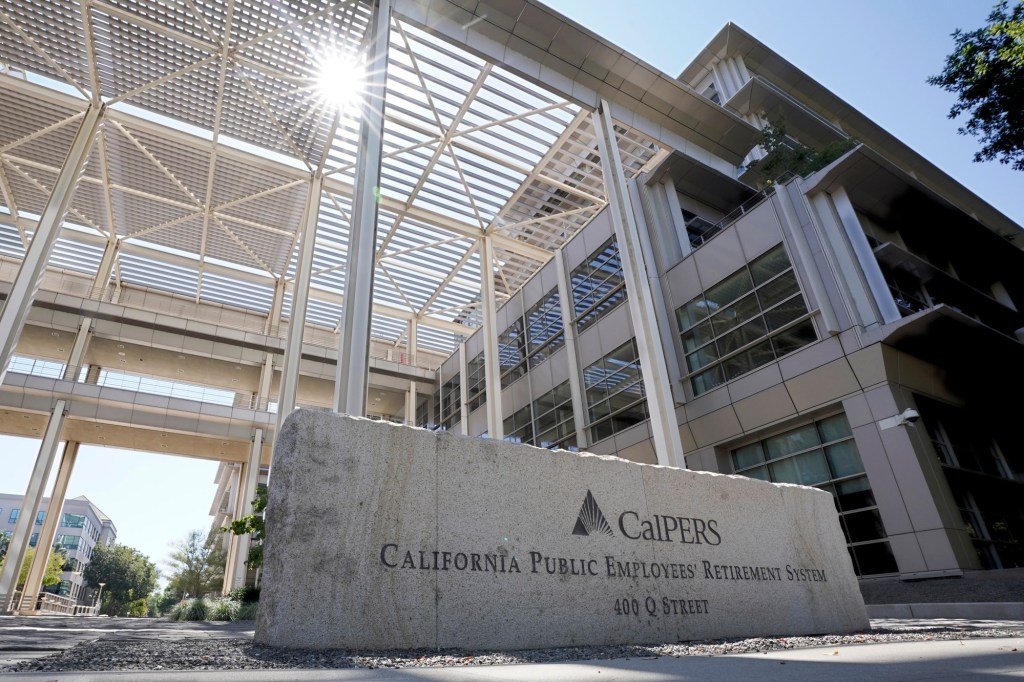
Local governments looking for part-time help have occasionally turned to government retirees to provide it. That’s how Tarlochan Sandhu, a retired government finance expert, found himself back in the office, helping a few California cities prepare their annual budgets.
Sandhu’s actual employer was the Regional Government Services (RGS), a California Joint Powers Authority formed by a handful of cities and that operates like a professional consulting firm in the private sector. RGS provides the consultants and pays their wages and benefits without assuming pension risk. That service saves RGS’s public agency clients – and, thus, the taxpayers who fund them – time and money.
It worked for a decade – for the cities, of course, who could avoid the expense of hiring full-time permanent employees for seasonal work. And it worked for Sandhu who, after a few months of arduous work each year, returned to his retirement with a little extra cash.
But the arrangement did not work for CalPERS, the state agency that manages California’s largest public employee retirement fund. CalPERS claimed that Sandhu violated the California Public Employees’ Retirement Law and asserted that he owed as much as $660,000 to the agency. In February, a state court sided with CalPERS.
But CalPERS wants more than Sandhu’s money. It seeks to kill the practice of hiring retirees for part-time government work and to put organizations like RGS out of business. In doing so, CalPERS hopes to force state and local agencies to hire full-time workers who will pay into the system, and to reduce short-term demands on its declining funds.
CalPERS is the nation’s largest public pension fund, serving over two million members in its retirement system. But decades of bad management, politically motivated investment strategies, and the insatiable demands of government union leaders for richer employee benefits have left CalPERS with just 75 percent of the money it needs to pay its obligations to current and future retirees.
The agency’s need to boost funding has led it on a hunt for new money. Ten years ago, shortly after Sandhu retired, CalPERS formally admonished its California employer‑members:
“If you are an agency that hires temporary employees through a staffing or third-party agency and you have the right to control and direct their daily duties [emphasis added] you are required to monitor their hours for membership eligibility. These employees are most likely considered employees of your agency and must be treated as if they were directly hired by your agency.”
CalPERS’ policy damages taxpayers because it brings more employees (those who are hired through temporary agencies or consulting firms and work more than 1,000 hours in a fiscal year) under a defined-benefit retirement plan in which taxpayers bear the financial risk for funding deficits.
In its recent action against Sandhu and RGS, CalPERS twisted the interpretation of “the right to control and direct their daily duties” to define as an “employee” anyone a government employer can terminate. This interpretation is wildly beyond that used for common law employees under the Internal Revenue Code and the Fair Labor Standards Act.
Not surprisingly, CalPERS’ position was upheld by the Third District Court of Appeals of Sacramento. That court is famously friendly to the many state bureaucracies that operate nearby, and its own employees – including judges – receive retirement benefits from CalPERS.
It appears that RGS, with its business model hanging in the balance, will petition the Supreme Court for a review of the Court’s decision. We can only hope that RGS prevails. Clearly, CalPERS places its perpetual expansion above supporting its government agency members, public retirees, and taxpayers. Unfortunately, most municipalities are, understandably, intimidated by CalPERS. It’s time for taxpayers to hold CalPERS accountable for fulfilling its charge responsibly.
Will Swaim is president of the California Policy Center and co-host with David Bahnsen of National Review’s “Radio Free California” podcast.
Originally Published:



